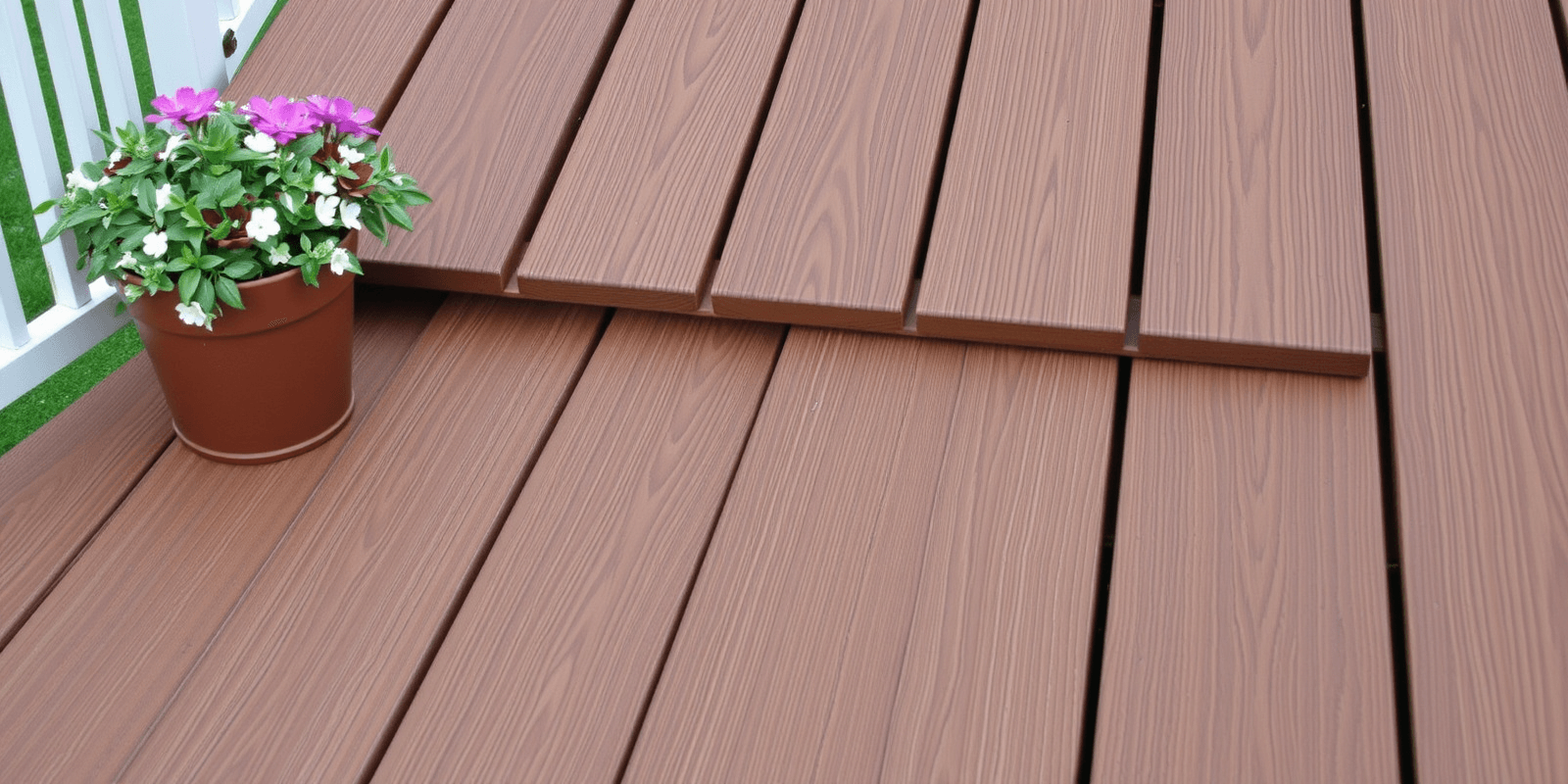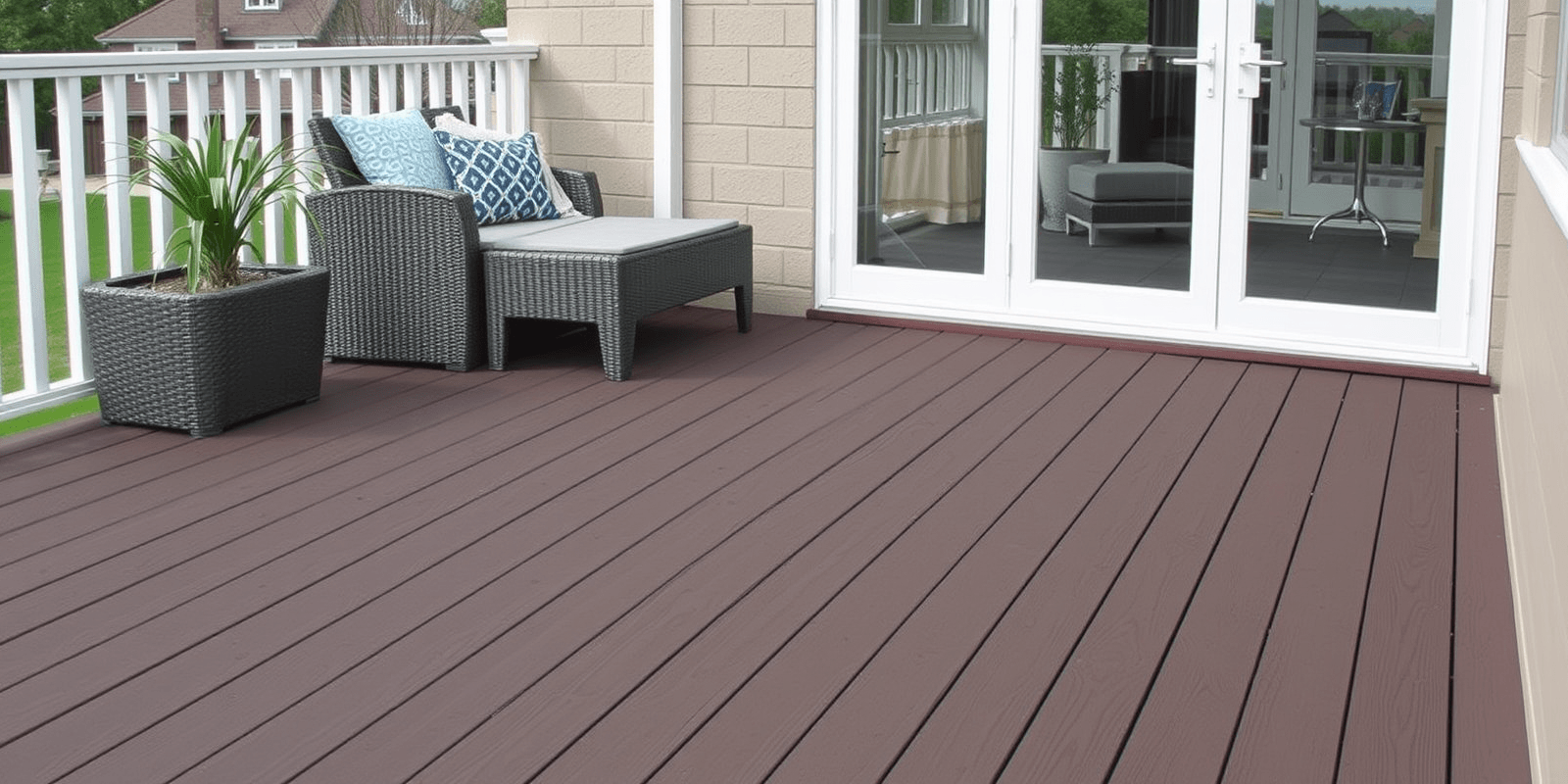Sustainable Choices: Wood Composite Decking Material and Its Impact
Introduction
As we face the increasing challenges of climate change and resource depletion, sustainable building materials have become a crucial aspect of modern construction practices. Among these materials, wood composite decking stands out as an environmentally friendly alternative to traditional wood and other decking materials. This article delves into the sustainability aspects of wood composite decking material, examining its manufacturing process, recyclability, energy efficiency, and comparative environmental impact.
Manufacturing Process of Wood Composite Decking
Wood composite decking is typically made from a combination of recycled wood fibers and plastic resins, often derived from post-consumer products such as milk jugs and detergent bottles. The manufacturing process involves mixing these components with additives that enhance durability and weather resistance. Unlike traditional wood decking, which requires harvesting trees and can lead to deforestation, wood composites use recycled materials, significantly reducing their carbon footprint. According to a study by the University of British Columbia, the production of wood composite decking results in 50% less CO2 emissions compared to conventional wood decking (Source).
Recyclability and Energy Efficiency
One of the key sustainability advantages of wood composite decking is its recyclability. Unlike traditional wood, which can only be reused in limited ways once it has reached the end of its life, wood composites can be processed and repurposed into new decking or other construction materials. This closed-loop system reduces waste and conserves resources. Additionally, wood composites require less maintenance than traditional wood, which often necessitates regular sealing and painting to protect against moisture and pests. This not only saves energy but also reduces the need for harmful chemicals. Research published in the Journal of Cleaner Production highlights that wood composite decking requires 30% less energy for maintenance over its lifetime compared to traditional wood (Source).
Comparative Environmental Impact
When compared to traditional wood and other decking materials, wood composite decking offers significant environmental benefits. Traditional wood decking, while renewable, often comes from unsustainable forestry practices that contribute to deforestation and habitat loss. In contrast, wood composites help preserve forests by reducing demand for virgin timber. Furthermore, wood composites outperform other synthetic materials like PVC in terms of longevity and durability, requiring fewer replacements over time. A comparative analysis by the National Institute of Standards and Technology (NIST) shows that wood composite decking lasts up to three times longer than standard wood decking, resulting in lower overall environmental impact (Source).
Conclusion
Wood composite decking material represents a sustainable choice for outdoor construction projects. Its manufacturing process, recyclability, and energy efficiency make it an attractive option for those looking to minimize their environmental footprint. By choosing wood composite decking, consumers and builders can contribute to a more sustainable future while enjoying the benefits of durable, low-maintenance outdoor spaces.
Reference
University of British Columbia, Journal of Cleaner Production, National Institute of Standards and Technology



